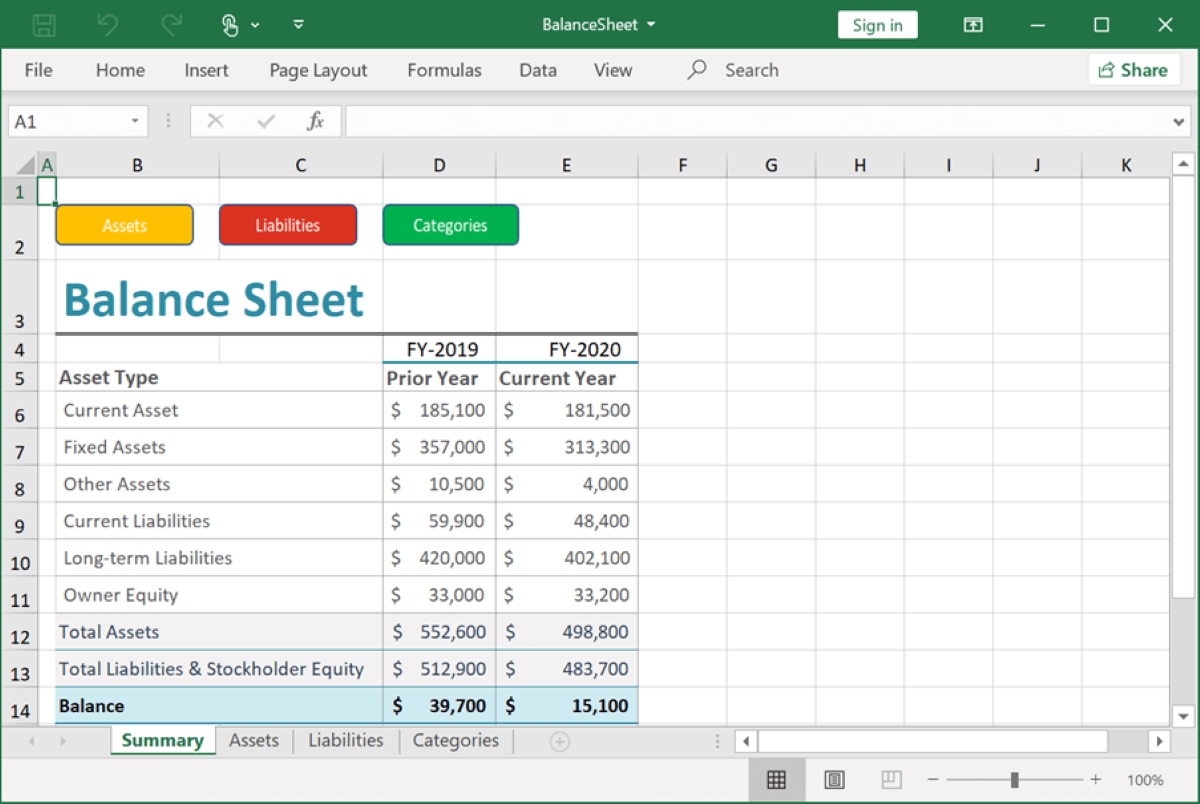Home>Finance>Floor Area Ratio: Definition, Formula To Calculate, Example


Finance
Floor Area Ratio: Definition, Formula To Calculate, Example
Published: November 25, 2023
Learn about the definition and formula to calculate Floor Area Ratio (FAR) in finance, along with a practical example to understand its application.
(Many of the links in this article redirect to a specific reviewed product. Your purchase of these products through affiliate links helps to generate commission for LiveWell, at no extra cost. Learn more)
Floor Area Ratio: Definition, Formula To Calculate, Example
When it comes to understanding real estate and zoning, there are various terms and concepts that can be confusing. One such concept is Floor Area Ratio (FAR). In this blog post, we will dive into the definition of FAR, explain the formula to calculate it, and provide an example for a better understanding. By the end of this post, you’ll have a clear understanding of what FAR is and its significance in the world of finance and real estate.
Key Takeaways:
- Floor Area Ratio (FAR) is a zoning regulation that determines the maximum ratio of a building’s total floor area to the size of the land on which it is built.
- FAR can help control urban density, regulate building heights, and ensure the efficient use of land within a city or region.
What is Floor Area Ratio (FAR)?
Floor Area Ratio, also known as the Floor Space Index (FSI) or the Floor Space Ratio (FSR), is a planning tool used by municipalities to regulate the development and density of buildings. It is a numerical value that represents the maximum allowable floor area of a building in relation to the size of the land on which it is built.
In simple terms, FAR is the ratio of the building’s total floor area to the area of the plot of land on which it stands. It is a critical factor in determining the density of a neighborhood or area as it effectively limits the amount of space a structure can occupy.
How is Floor Area Ratio Calculated?
The formula to calculate Floor Area Ratio is:
FAR = Total Floor Area / Plot Area
- Total Floor Area: This refers to the sum of floor areas of all the levels of a building, including basements, ground floors, and upper floors.
- Plot Area: Also known as the land area, it is the size of the plot of land on which the building is constructed.
For example, suppose you have a plot of land measuring 1,000 square meters. If the maximum allowable FAR in that area is 2.0, it means that the total floor area of any building constructed on that plot cannot exceed twice the plot area. In this case, the maximum total floor area allowed would be 2,000 square meters.
Why is Floor Area Ratio Important in Finance and Real Estate?
Understanding the concept of Floor Area Ratio is crucial for anyone involved in finance and real estate, whether you are a developer, investor, or buyer. Here are a few reasons why:
- Development Potential: FAR provides developers and investors with a clear understanding of the maximum allowable floor area they can construct on a particular plot of land. This helps in evaluating the development potential and estimating the profitability of a project.
- Urban Planning: FAR plays a vital role in urban planning. It helps maintain the balance between population density and available infrastructure, ensuring sustainable growth and efficient use of space in a city or region.
- Property Valuation: FAR can significantly impact the value of a property. Areas with higher FAR allowances tend to be more sought after, as they provide greater opportunities for development, resulting in increased property values.
- Zoning Compliance: Understanding and adhering to FAR regulations is essential to remain compliant with local zoning laws. Failure to do so can result in hefty fines or even legal consequences.
In Conclusion
Floor Area Ratio (FAR) is a fundamental concept in real estate and urban planning. It determines the maximum allowable floor area of a building in relation to the size of the land on which it is built. By understanding FAR and its significance, you can navigate the world of finance and real estate more effectively. So, the next time you come across FAR, you’ll know exactly what it means and how it impacts your real estate ventures.














